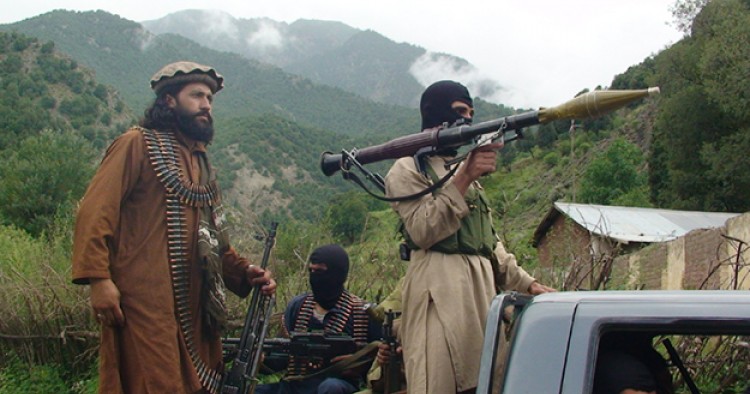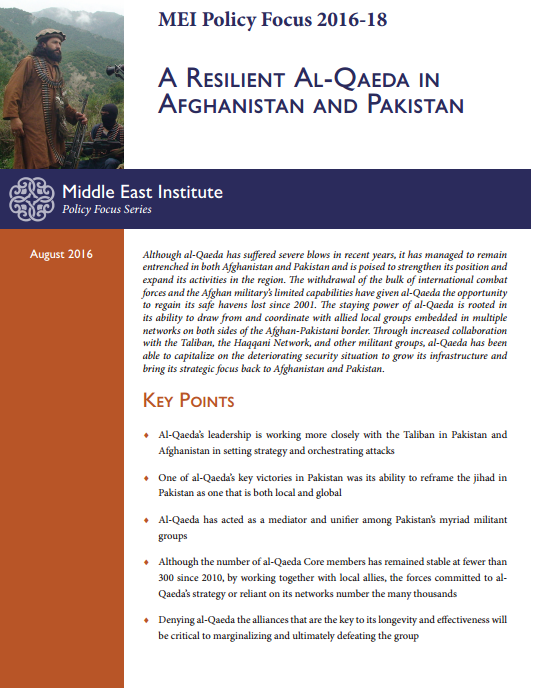Summary
Although al-Qaeda has suffered severe blows in recent years, it has managed to remain entrenched in both Afghanistan and Pakistan and is poised to strengthen its position and expand its activities in the region. The withdrawal of the bulk of international combat forces and the Afghan military’s limited capabilities have given al-Qaeda the opportunity to regain its safe havens lost since 2001. The staying power of al-Qaeda is rooted in its ability to draw from and coordinate with allied local groups embedded in multiple networks on both sides of the Afghan-Pakistani border. Through increased collaboration with the Taliban, the Haqqani Network, and other militant groups, al-Qaeda has been able to capitalize on the deteriorating security situation to grow its infrastructure and bring its strategic focus back to Afghanistan and Pakistan.
Key Points
- Al-Qaeda’s leadership is working more closely with the Taliban in Pakistan and Afghanistan in setting strategy and orchestrating attacks
- One of al-Qaeda’s key victories in Pakistan was its ability to reframe the jihad in Pakistan as one that is both local and global
- Al-Qaeda has acted as a mediator and unifier among Pakistan’s myriad militant groups
- Although the number of al-Qaeda Core members has remained stable at fewer than 300 since 2010, by working together with local allies, the forces committed to al-Qaeda’s strategy or reliant on its networks number the many thousands
- Denying al-Qaeda the alliances that are the key to its longevity and effectiveness will be critical to marginalizing and ultimately defeating the group
Read the full Policy Focus here.
The Middle East Institute (MEI) is an independent, non-partisan, non-for-profit, educational organization. It does not engage in advocacy and its scholars’ opinions are their own. MEI welcomes financial donations, but retains sole editorial control over its work and its publications reflect only the authors’ views. For a listing of MEI donors, please click here.














